A Glimpse into Mayan Rituals and Sports
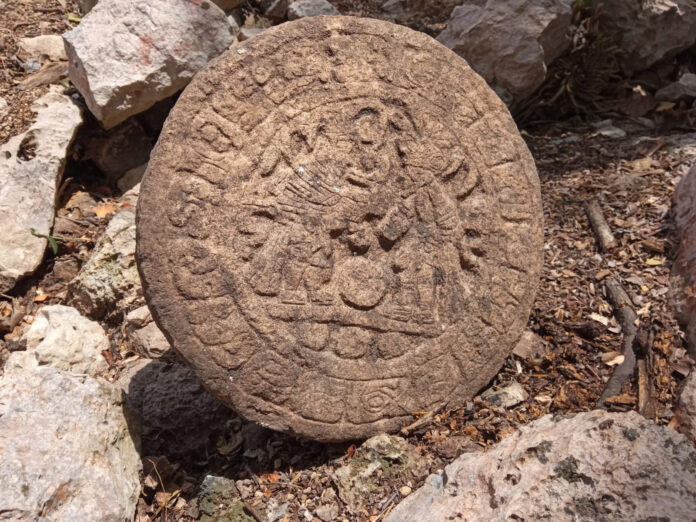
In a recent archaeological excavation at the renowned Chichén Itzá site in Yucatán, Mexico, researchers have made a groundbreaking discovery that offers new insights into the ancient Mayan civilization. A rare and well-preserved stone marker from the Mesoamerican ball game, complete with intricate hieroglyphic inscriptions, has been unearthed, providing a unique window into the past.
The Remarkable Find
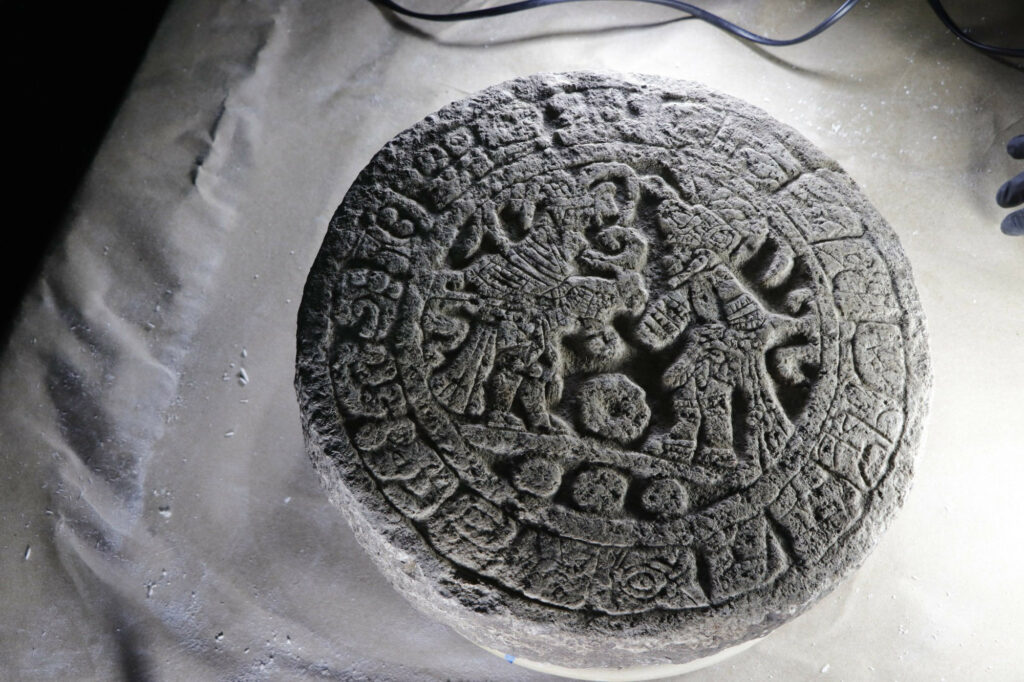
The circular limestone disc, measuring 32.5 cm in diameter and weighing 40 kilos, was found within the architectural complex of the Chichanchob, also known as the Casa Colorada. This disc-shaped marker, believed to be from the game known as Pok Ta Pok in the Mayan language, features a detailed hieroglyphic text around its outer border – a rarity for artifacts found in Chichén Itzá.
Decoding Ancient History
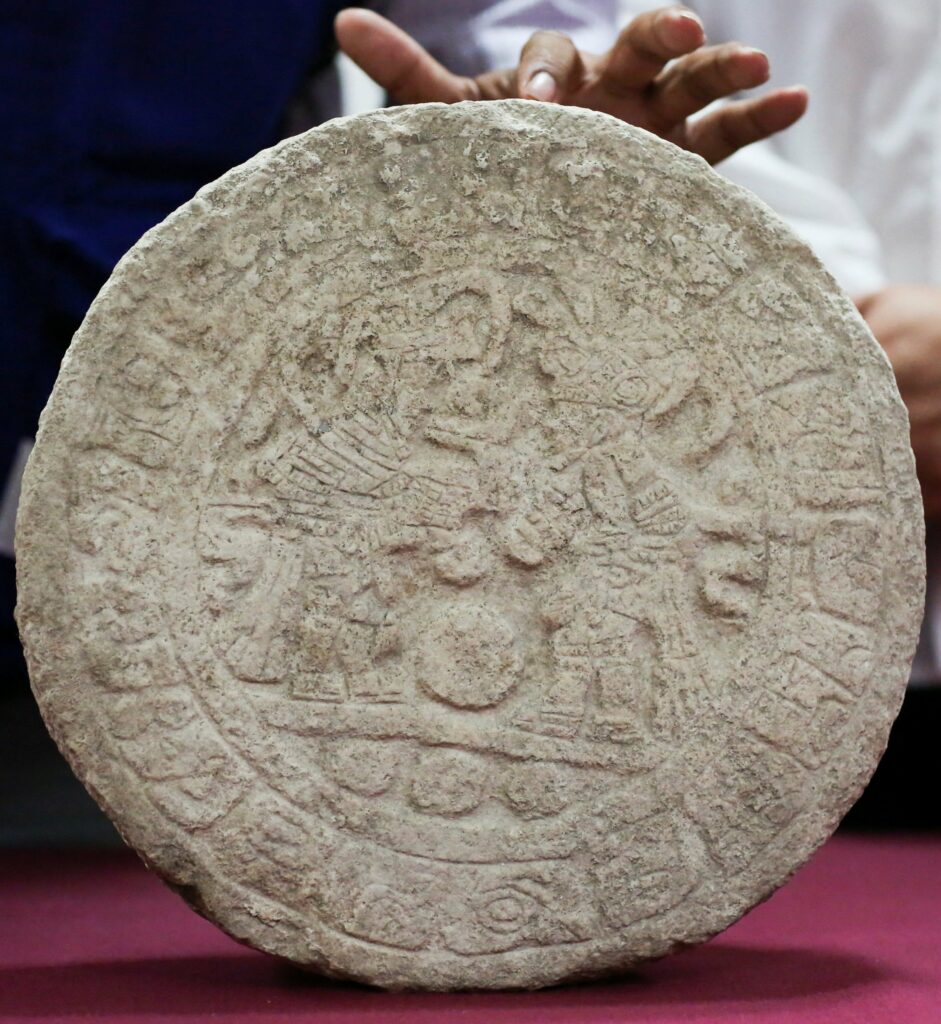
The stone marker’s inscription includes a short count date corresponding to 894 A.D., making it one of the last significant hieroglyphic texts about the ball game to survive before the Mayan collapse. The center of the disc depicts two figures engaged in the game, with intricate details of their attire and accessories providing valuable information about the rituals associated with this ancient sport.
Preserving Cultural Heritage
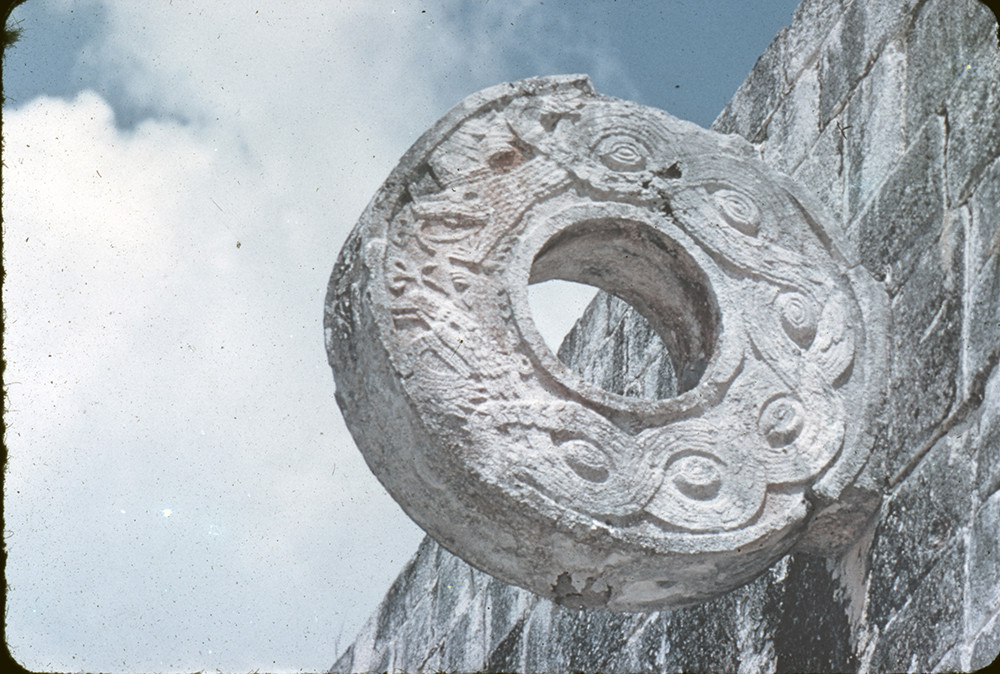
Discovered less than two feet underground, the artifact is now undergoing careful preservation processes by INAH conservators. Researchers are employing advanced techniques, including photogrammetry, to create a detailed 3D model of the disc for further study and translation of its inscriptions.
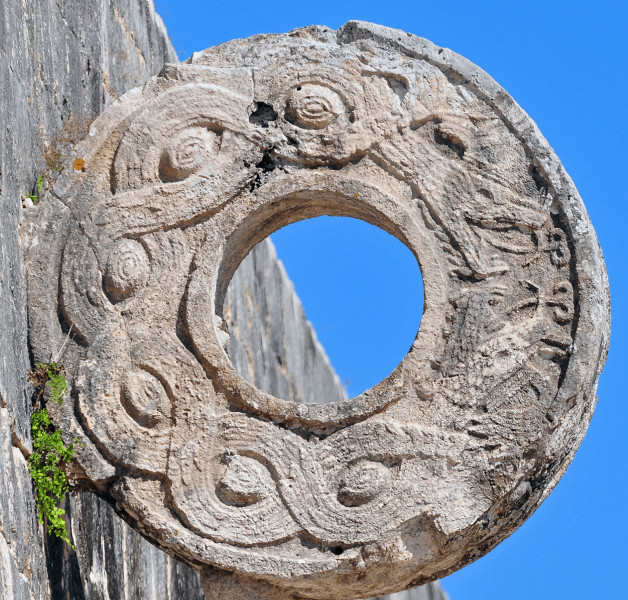
This extraordinary find not only sheds light on the Mesoamerican ball game but also contributes significantly to our understanding of Mayan society, beliefs, and cultural traditions. As research continues, this artifact promises to unveil more secrets of the fascinating Mayan civilization

